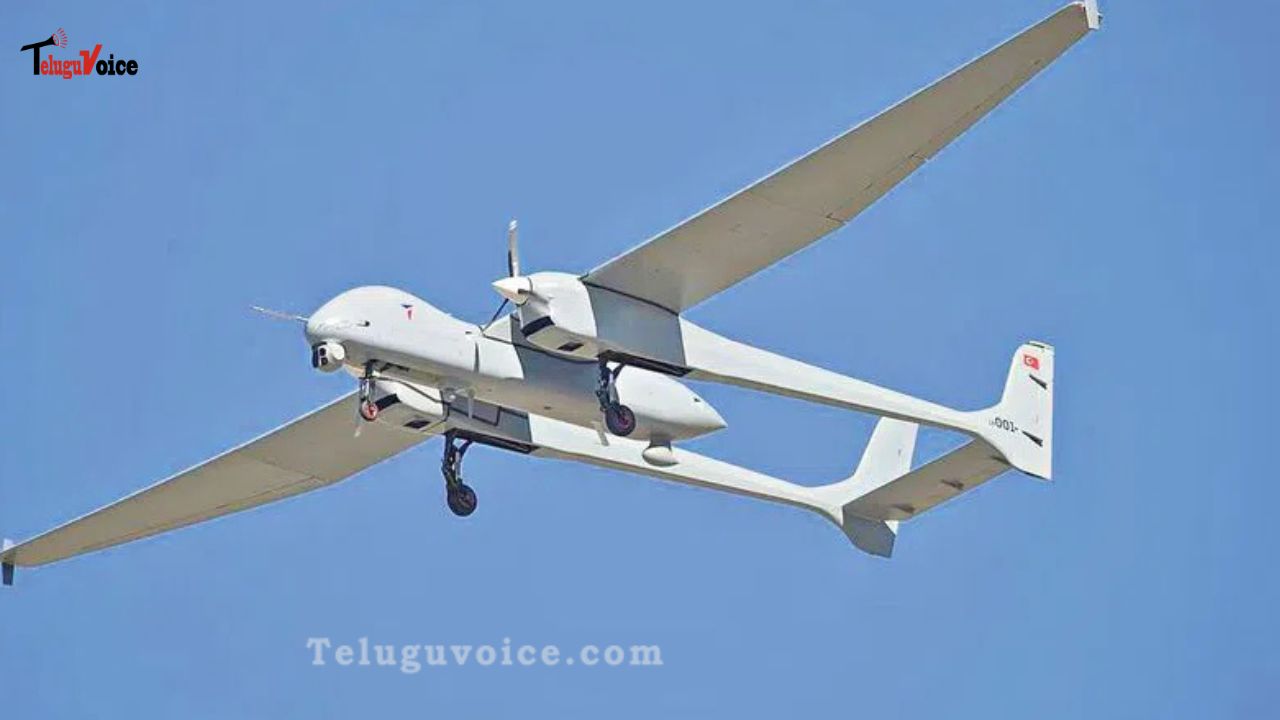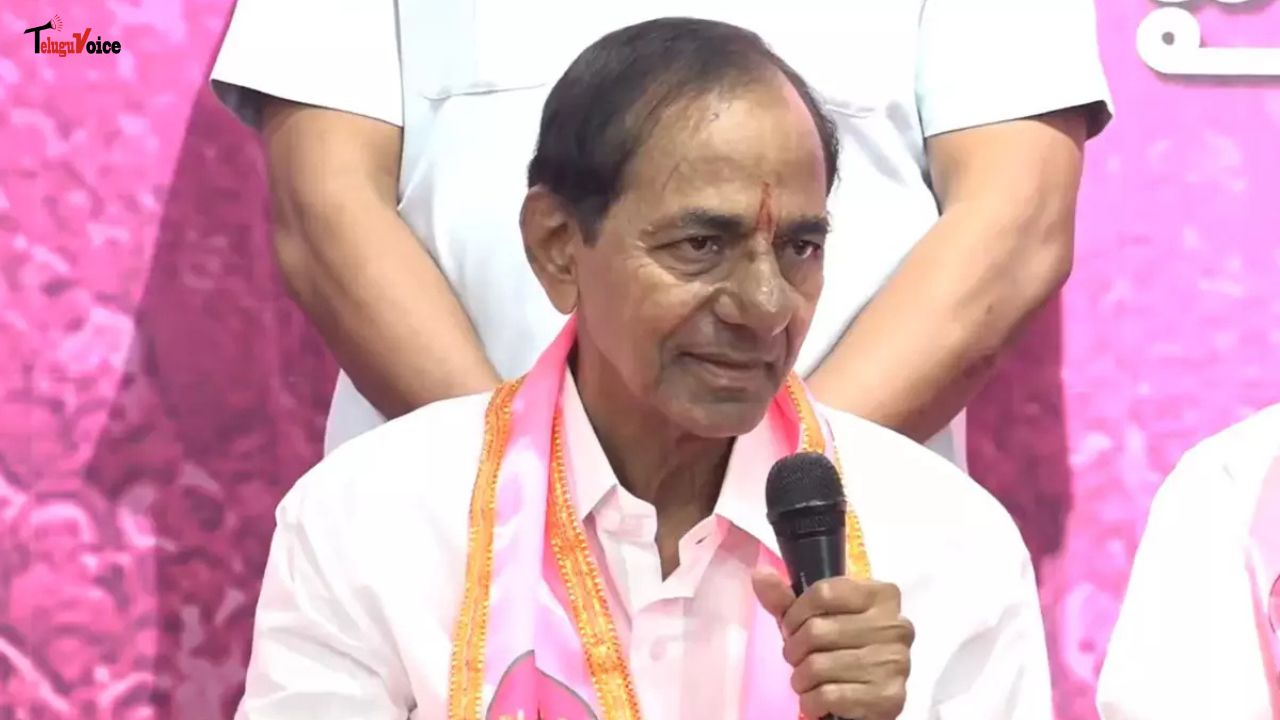Operation Sindoor: Beyond the Battlefield, a War of Narratives

Operation Sindoor marked a decisive military campaign by India against terror infrastructure in Pakistan, carried out between May 7 and 10 in retaliation for a deadly attack in Kashmir that killed 26 tourists. The strikes targeted deep-rooted hubs like Markaz Subhan Allah in Bahawalpur and Markaz Taiba in Muridke, inflicting heavy damage on groups such as Jaish-e-Mohammed and Lashkar-e-Taiba. The operation even neutralized Lahore’s air defence system. While a ceasefire was declared on May 10, India affirmed that counter-terror operations under Sindoor would continue.
Despite these achievements, global media coverage remained subdued, overshadowed by an aggressive narrative war. Pakistan responded with misinformation, alleging Indian fighter jet losses and damage to the Jammu air base—claims amplified by state-controlled media and fake social accounts. The disinformation campaign bore resemblance to George Orwell’s 1984, with facts distorted to manipulate perception.
Adding to concerns, Pakistan’s military deployed Chinese fighter jets, Turkish drones, and missile systems—some reportedly operated with Turkish technicians. These were not only used against Indian military sites but also civilian areas, prompting strong diplomatic protests from New Delhi.
In the digital age, Operation Sindoor unfolded as India’s first televised military offensive, subject to real-time media scrutiny and narrative manipulation. Compounding the confusion, certain Indian news channels prioritized ratings over factual clarity.
As the conflict revealed shifting geopolitical alliances and information warfare, India must remain alert to not only the physical threats but also the psychological and diplomatic dimensions of modern conflict. The role of external powers like China and Turkey in South Asia’s security dynamics also merits close attention, as their involvement in regional conflicts grows increasingly visible.

 South Africa tour of India 2019
South Africa tour of India 2019










Comments